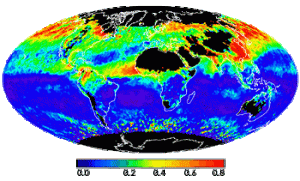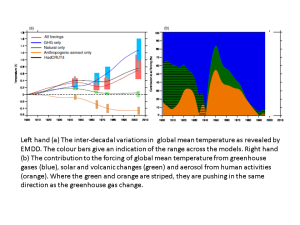At 12 noon exactly I stepped onto my soapbox and surveyed the vast expanse of unpopulated concrete between me and the River Thames. 3 boxes to my right, another female scientist had already pulled in an audience with her flagella balloons. With a deep breath I lifted my empty water bottle high and started “Who can tell me what’s in this bottle?” Some people drifted in my direction, and I was off on my SoapboxScience adventure.
SoapboxScience involves 12 female scientists taking shifts on soap boxes on public thoroughfares talking about their research and their love of science. Sort of science street theatre. WITH NO POWERPOINT. In fact no power either. The project aims to raise the profile of science and female scientists amongst the general public via the style of public debate and discussion. For the past 4 years there has been an event in London, but this year there were also sister events in Swansea, Dublin and Bristol.
My event was Sunday June 29th 2014. Our soapboxes were set up at Gabriel’s Wharf near the Southbank Centre in London. It was a beautiful sunny day, at least to start with! Sharing the first hour slot with me were experts on cheetahs, evolutionary biology and Mars exploration. My job was to spread excitement about particles in the atmosphere and their effects on weather and climate. We’d been told to prepare 10-15 minutes of “stand-up” material, with props if we wanted, and to expect people to stay listening to us for anywhere between 2 and 20 minutes. These are a few of the things I learnt from the experience:
- Your opening pitch is really important to draw people to you.. asking a question that seems to have a simple answer but doesn’t worked well. As did a giant picture of jam donuts as a metaphor for coated soot particles (Thanks to @willtmorgan and his European Geophysical Union blog )
- The prop that was the most useful was the one that I thought I would only use in an emergency – a set of 4 scanning electron microscope images of different aerosol particles. I got people to “pick a card” and asked the group to guess what it was. Then I spent 3 mins talking about that type of aerosol, making sure I included the main points (aerosols scatter sunlight and aerosols make clouds) in every case. However, this also meant people stayed to see all 4 pictures which meant the “dwell time” was at least 10 minutes.
- Don’t make audience participation too contrived. I tried making an aerosol chains and balls out of humans to demonstrate the aging and coating process but it didn’t work so I dropped it after one attempt. I have an idea how to improve it for the future though so watch this space.
- People will ask questions of all levels of sophistication – be prepared to tailor your answer appropriately
- I prepared props that would work in the rain, but not in the wind – without my dedicated soapbox volunteer I’d have been in trouble
The scariest part was trying to stop people just walking past without stopping, but I think I talked to around 80 people in the hour I was on the box and there weren’t too many awkward gaps. The first time I looked at my watch was 45 minutes into my hour long slot, and then it was over way too soon. I’d do it again tomorrow if I could.
Sponsored in the past by L’Oreal UNESCO For Women in Science and ZSL, the two dedicated research biologists women who started it, Seirian Sumner and Nathalie Pettorelli have been successful in securing government funding for Soapbox for the next few years, and plan to put on events in other cities. Possibly even Reading…









